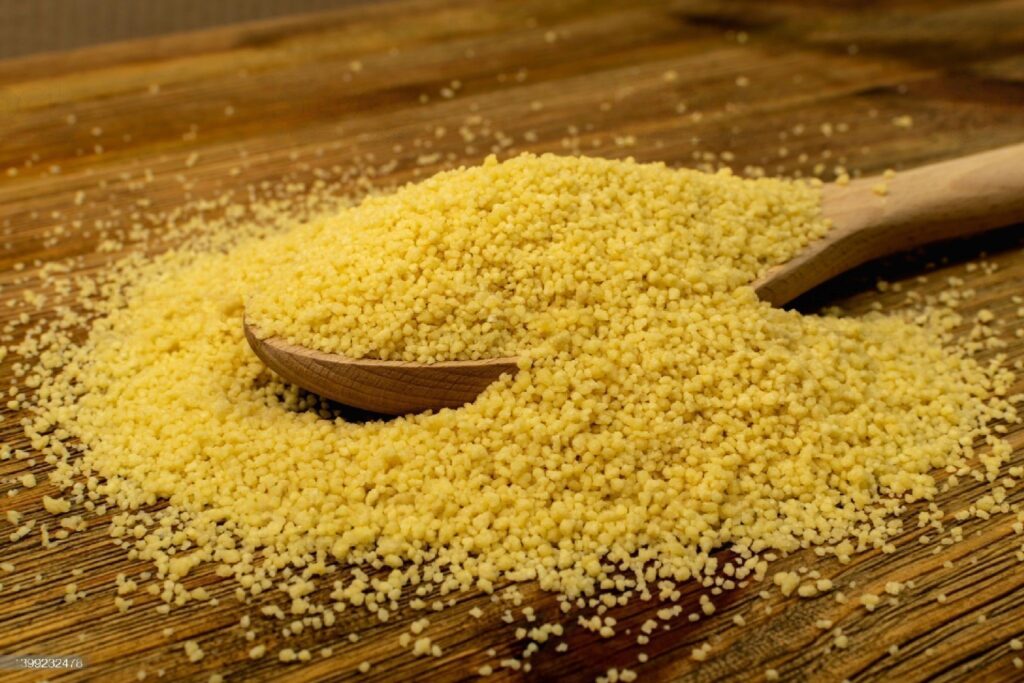How to Make Semolina or What Is the Benefits Of Semolina?
Durum wheat is a hard variety of wheat that is used to make semolina, a coarse flour. Durum wheat is known as semolina when it is processed into flour and is used all over the world in porridge, pasta, and bread. Compared to all-purpose flour, this flour is deeper and more golden in hue. It smells lightly earthy. Semolina has many culinary applications but it also helps with digestion, heart health, and weight loss. Semolina is one of the most often used kind of flour. It can be found in many different types of breads and pastries, as well as pasta, couscous, and noodles. Semolina is known as sooji in South Asia. If your body doesn’t like semolina, there are many different foods you can choose from. Semolina is mostly used to create foods like couscous. A coarse middling from other varieties of wheat, or other grains (such as rice or corn), can also be called semolina.
What is the health risk of consuming semolina?
Food producers add nutrients lost during manufacturing by enhancing semolina flour. In comparison to unenriched semolina, enriched semolina contains higher levels of vitamins and minerals. Semolina also contains a lot of gluten, which is bad for persons with celiac disease. Comparing semolina with white flour shows that semolina is definitely better for your health than white flour in terms of nutrition. A cup of all-purpose white flour has 455 calories, 1.2 grams of fat, 95.4 grams of carbs, and 12.9 grams of protein, according to Very well Fit.
